What Do the Numbers on a Welding Rod Mean? SMAW & FCAW
Last Updated on
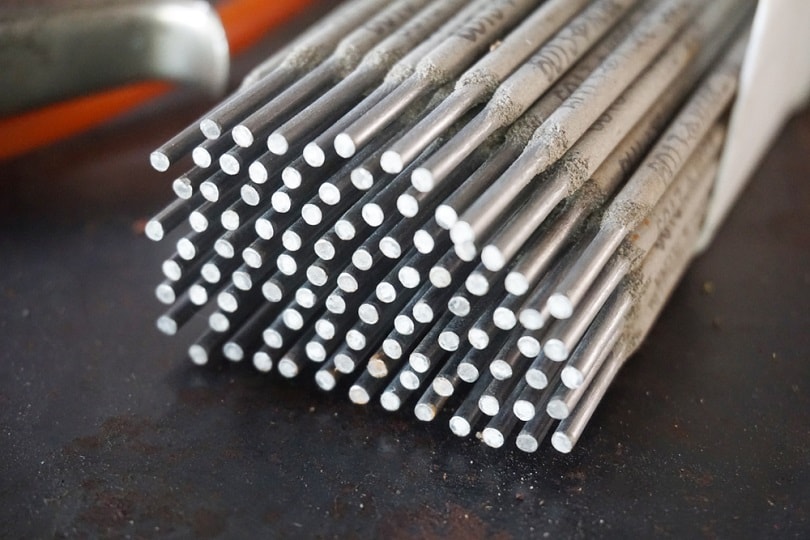
You are often not consciously thinking about the numbers on a welding rod while you are actually welding. When you’re holding that stinger and laying beads into a joint, aside from your overall welding skill and knowledge of the machine, there are factors that determine the quality of the weld. It starts with the kind of electrode that you are using.
On the side of that electrode is something that looks like a code. To the layman, it probably doesn’t make much sense. But for welders of all levels, it is important to have at least a passing familiarity with the types of electrodes that you will be using.
SMAW Electrodes
Welding electrodes, more commonly called welding rods, are long pieces of filler metal covered in flux. They are intended to be used for SMAW (Shielded Metal Arc Welding or Stick). Through the use of a constant current from a welding power supply, the filler metal is melted and deposited into the base metal while the flux helps ensure the integrity of the weld. Here are some of the most common welding rods.
- E6010 – an all-position rod especially used in pipe welding, known for its tight arc
- E6011 – all-position rod that is a preferred choice for maintenance work, or where metal is rusted and/or dirty
- E7018 – all-position rod that is the preferred choice for Ironworkers and erectors due to its greater tensile strength and versatility
- E7024 – A rod that can only be used in horizontal and flat positions. Sometimes called “jet rod.” Produces a large puddle that cools slowly, hence it is only used in flat and horizontal positions. The high level of iron powder in the flux aids this process.
These are just a few of the many welding rods. As we can see, they all have slightly different traits ranging from arc characteristics to tensile strength, to the position it can be welded. But what can the number tell us about the characteristics? Let’s take a look.
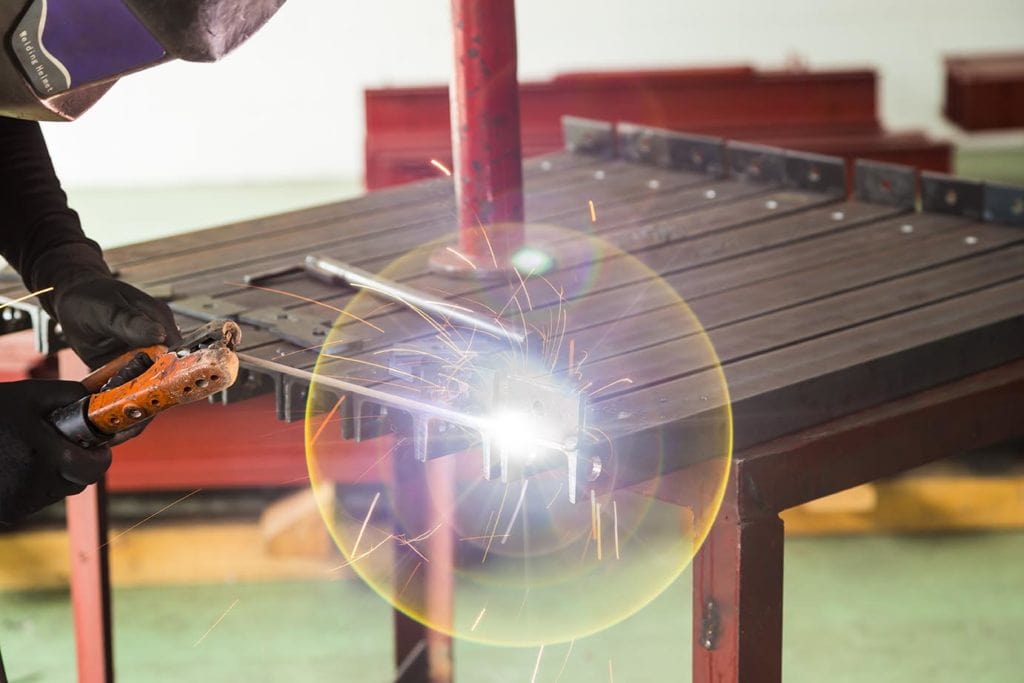
What Do the Numbers on a Welding Rod Mean?
SMAW Electrodes
Let’s take the electrode E7018 as our point of departure in order to explain the numbering system.
E – This signifies that the rod is a current-carrying electrode.
70 – These two digits indicate that there 70,000 psi (pounds per square inch) of tensile strength in the weld.
1 – the ‘1’ indicates that it is an all-position rod. 2 means that the rod can only be used in the flat or horizontal position.
8 – the ‘8’ indicates that the rod has low hydrogen potassium with iron powder coating and that it can be used with all polarities (DC+, DC-, or AC).
The final number, ‘8’ in the case of our E7018 rod, requires more explanation. Here is a detailed chart that will help you determine what kind of coating is indicated by the number, as well as the polarity to be used when welding:
| # | Coating content | Welding Polarity |
| 0 | High cellulose sodium | DC+ |
| 1 | High cellulose potassium | AC, DC+, DC- |
| 2 | High titania sodium | AC, DC- |
| 3 | High titania potassium | AC, DC+ |
| 4 | Iron powder and titania | AC, DC+, DC- |
| 5 | Low hydrogen sodium | DC+ |
| 6 | Low hydrogen potassium | AC, DC+ |
| 7 | High iron oxide and iron powder | AC, DC+, DC- |
| 8 | Low hydrogen potassium and iron powder | AC, DC+, DC- |
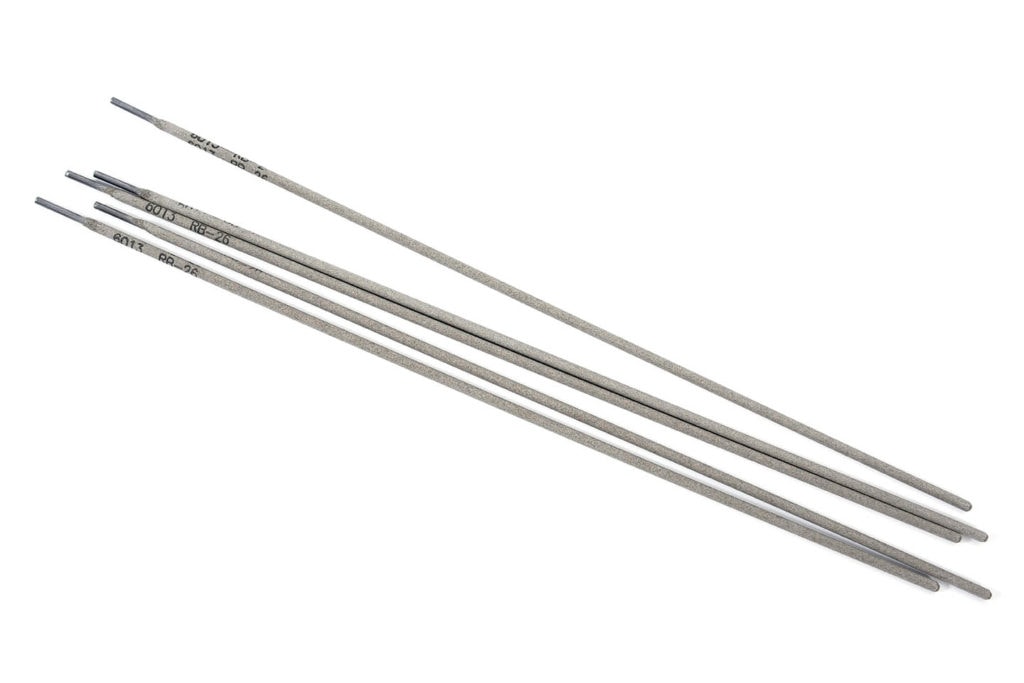
FCAW Electrodes
Though there are numbers on a welding rod, stick electrodes are not the only type of electrode that has a number classification system. Flux-cored arc welding (FCAW) is a semi-automatic welding process that uses a wire feeder. On the side of a roll of welding wire, there is also a code specific to Flux-cored welding. Let’s use E71T-1C/M as an example.
E: This signifies that the wire is a current-carrying electrode.
7: This digit multiplied by 10,000 renders the overall tensile strength in the weld. In this case, it is 70,000 PSI.
1: ‘1’ indicates that this wire can be used to weld in all positions. ‘0’ would indicate that it could only be welded in flat or horizontal positions.
T-1: This signifies that the electrode is a tubular flux-cored wire with a rutile flux.
C/M: The shielding gas can either be 100% carbon dioxide (C) or a mix (M) like argon/carbon dioxide.
The classification for these wires, on the whole, tends to be a little more complicated since it involves self-shielded wire and wire that requires shielding gas as well. See a further description from Lincoln Electric’s website here.
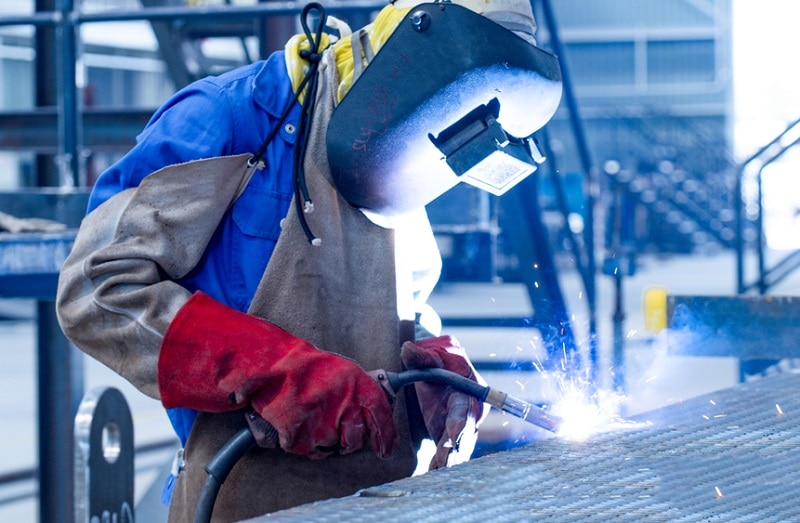
Frequently Asked Questions
How do I choose a welding rod?
It all depends on the application. You need to determine if the arc characteristics will allow you to get the kind of weld that you desire. For example, E6010 is ideal for welding the root pass on a pipe joint. This is because it is known as a ‘fast freeze’ rod. The weld will cool quickly so that it will not fall out of the root gap.
What size welding rod should I use?
This depends on whether or not you are working off of a blueprint. If you are welding at home, a 3/32” E7018 rod is going to be a good go-to. But note that certain fillet weld sizes are easier to make with certain size rods.
How do you store welding rods?
Some welding rods can stay out at room temperature like E7024. Others need to be stored in a heated rod oven like E7018. Check the rod specifications to see how they should be stored.
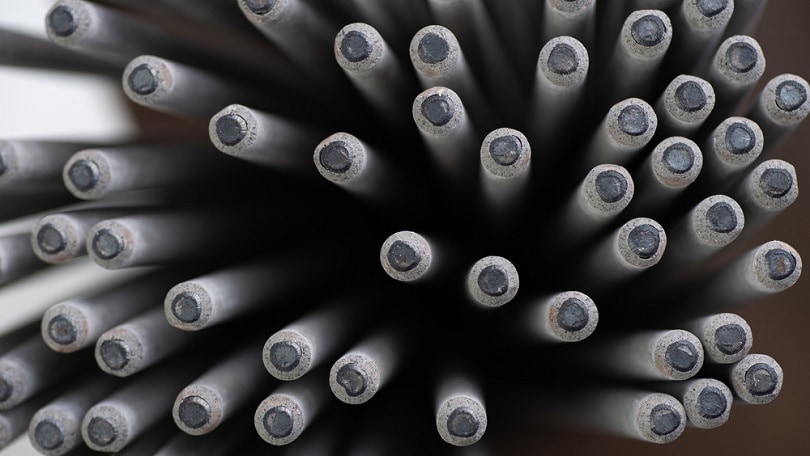
Conclusion
Those numbers on a welding rod or roll of wire can tell you a lot about how it should be welded. This includes welding position, polarity, and arc characteristics. But most importantly, they are necessary in order to distinguish different types of welding rods from each other.
You may also be interested in:
- FCAW vs MIG Welding: Differences & When to Use Them
- Stick Welding For Beginners: 11 Tips & Tricks to Get You Started
Featured Image Credit: Pongsak14, Shutterstock
